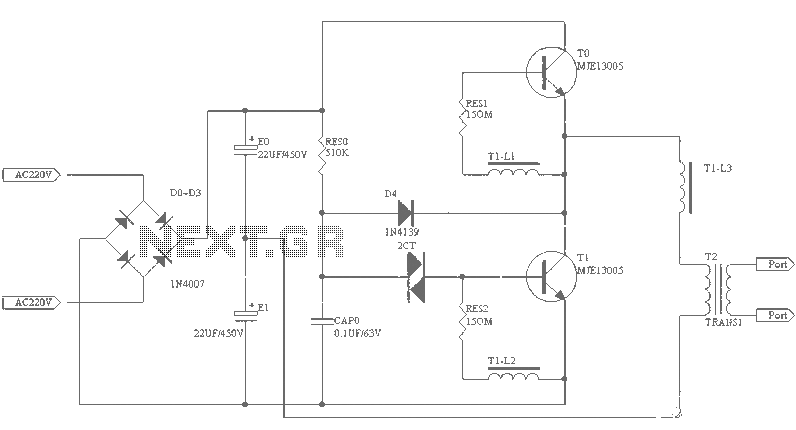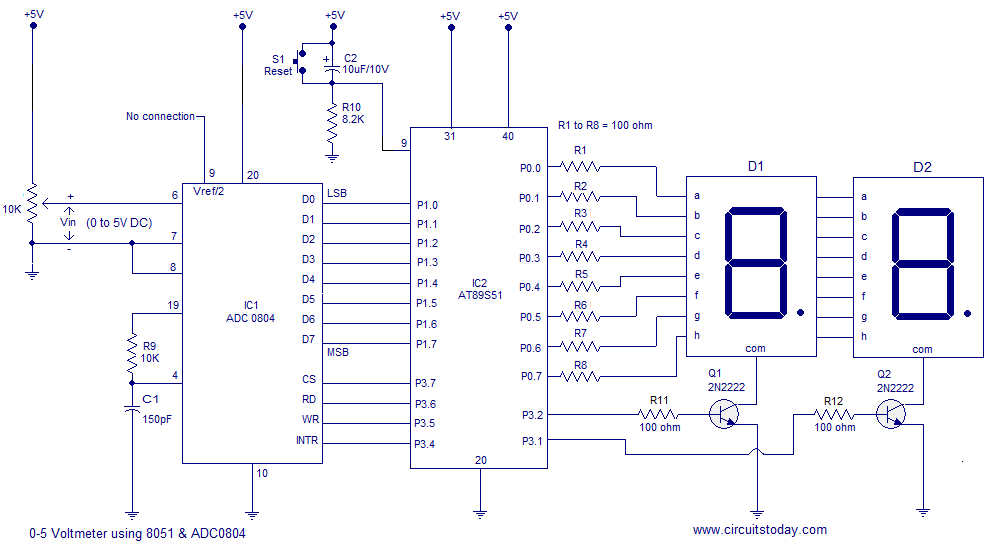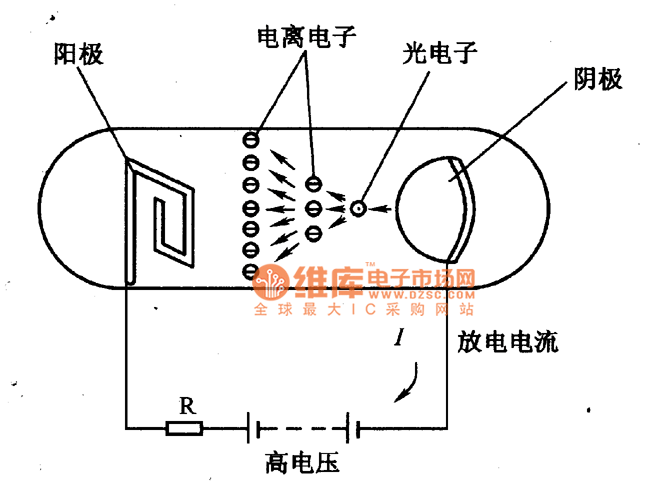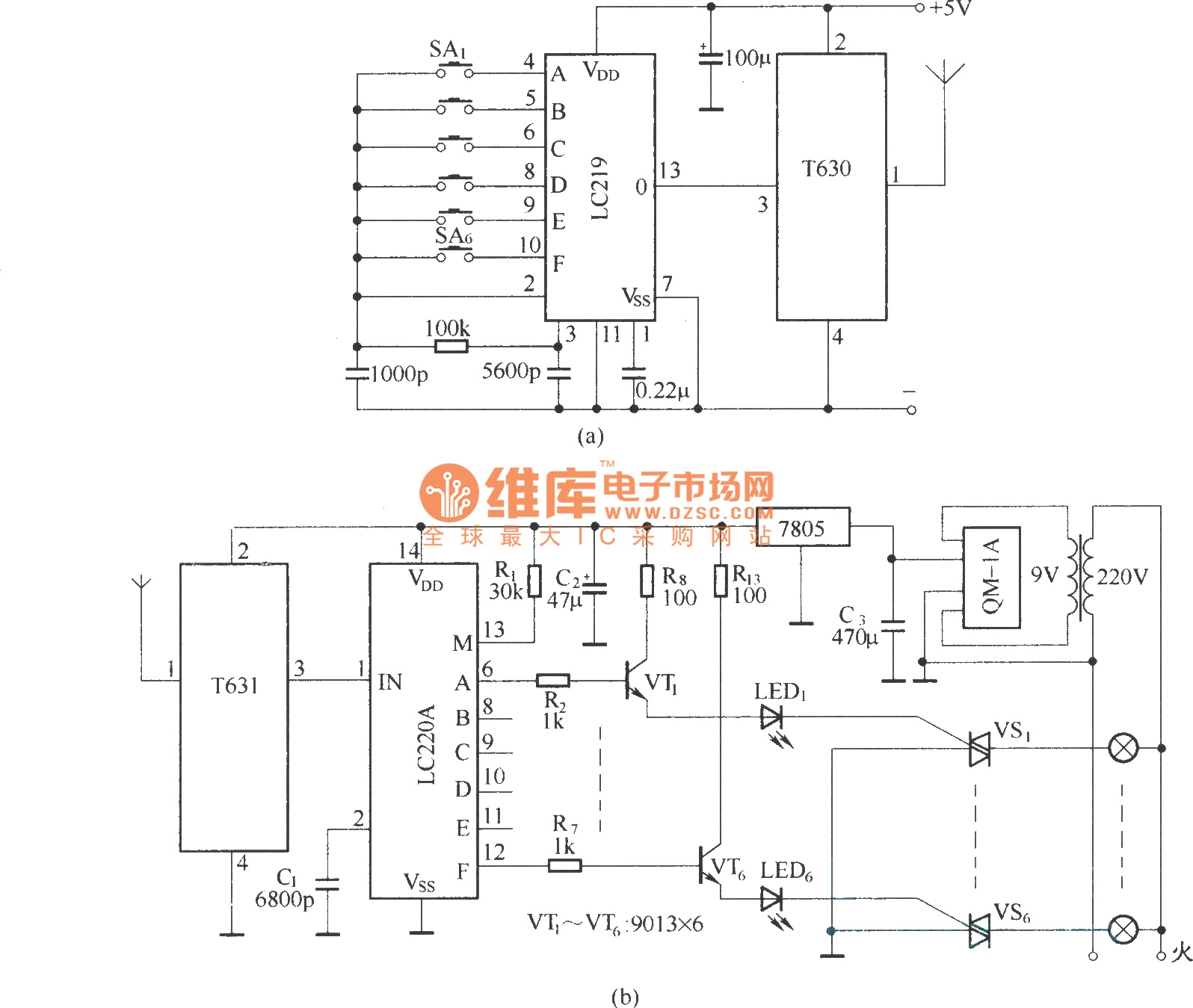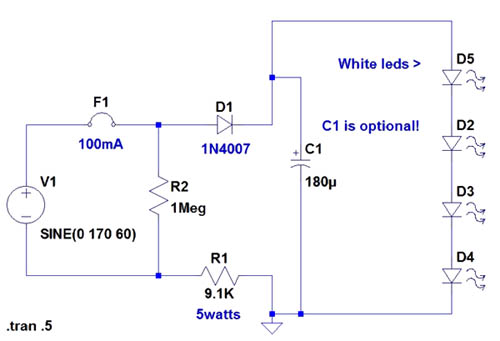
Remote Control Tester Circuit using Infra red sensor IC TSOP 1738
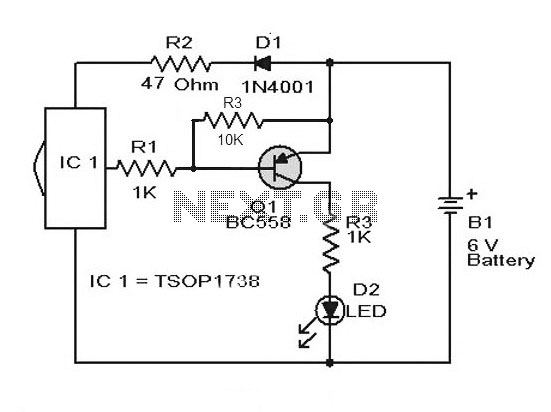
A simple remote control tester circuit with a diagram and schematic using the infrared sensor IC TSOP1738. An LED will blink when infrared waves fall on it, indicating the remote control is functioning.
The remote control tester circuit utilizes the TSOP1738 infrared sensor, which is designed to receive modulated infrared signals from remote controls. The circuit operates by connecting the TSOP1738 to a power supply, typically 5V, and interfacing it with an LED indicator.
When the infrared sensor detects a signal from a remote control, it outputs a low logic level (0V) to the connected LED. This causes the LED to illuminate, effectively signaling that the remote control is operational. The circuit is straightforward, consisting of minimal components: the TSOP1738, an LED, a current-limiting resistor for the LED, and a power source.
The schematic diagram illustrates the connections between these components. The TSOP1738 has three pins: Vcc (power), GND (ground), and OUT (output). The Vcc pin is connected to the positive terminal of the power supply, while the GND pin is connected to the negative terminal. The OUT pin connects to the anode of the LED through a current-limiting resistor, with the cathode of the LED connected to ground.
This configuration ensures that the LED will light up only when the TSOP1738 detects an infrared signal, providing a simple yet effective means to test the functionality of various remote controls. The circuit can be assembled on a breadboard for prototyping or soldered onto a PCB for a more permanent solution.A simple remote control tester circuit with diagram and schematic using infra red sensor IC TSOP1738. An LED will blink when IR waves falls on it which indicates remote control functioning.. 🔗 External reference
The remote control tester circuit utilizes the TSOP1738 infrared sensor, which is designed to receive modulated infrared signals from remote controls. The circuit operates by connecting the TSOP1738 to a power supply, typically 5V, and interfacing it with an LED indicator.
When the infrared sensor detects a signal from a remote control, it outputs a low logic level (0V) to the connected LED. This causes the LED to illuminate, effectively signaling that the remote control is operational. The circuit is straightforward, consisting of minimal components: the TSOP1738, an LED, a current-limiting resistor for the LED, and a power source.
The schematic diagram illustrates the connections between these components. The TSOP1738 has three pins: Vcc (power), GND (ground), and OUT (output). The Vcc pin is connected to the positive terminal of the power supply, while the GND pin is connected to the negative terminal. The OUT pin connects to the anode of the LED through a current-limiting resistor, with the cathode of the LED connected to ground.
This configuration ensures that the LED will light up only when the TSOP1738 detects an infrared signal, providing a simple yet effective means to test the functionality of various remote controls. The circuit can be assembled on a breadboard for prototyping or soldered onto a PCB for a more permanent solution.A simple remote control tester circuit with diagram and schematic using infra red sensor IC TSOP1738. An LED will blink when IR waves falls on it which indicates remote control functioning.. 🔗 External reference
